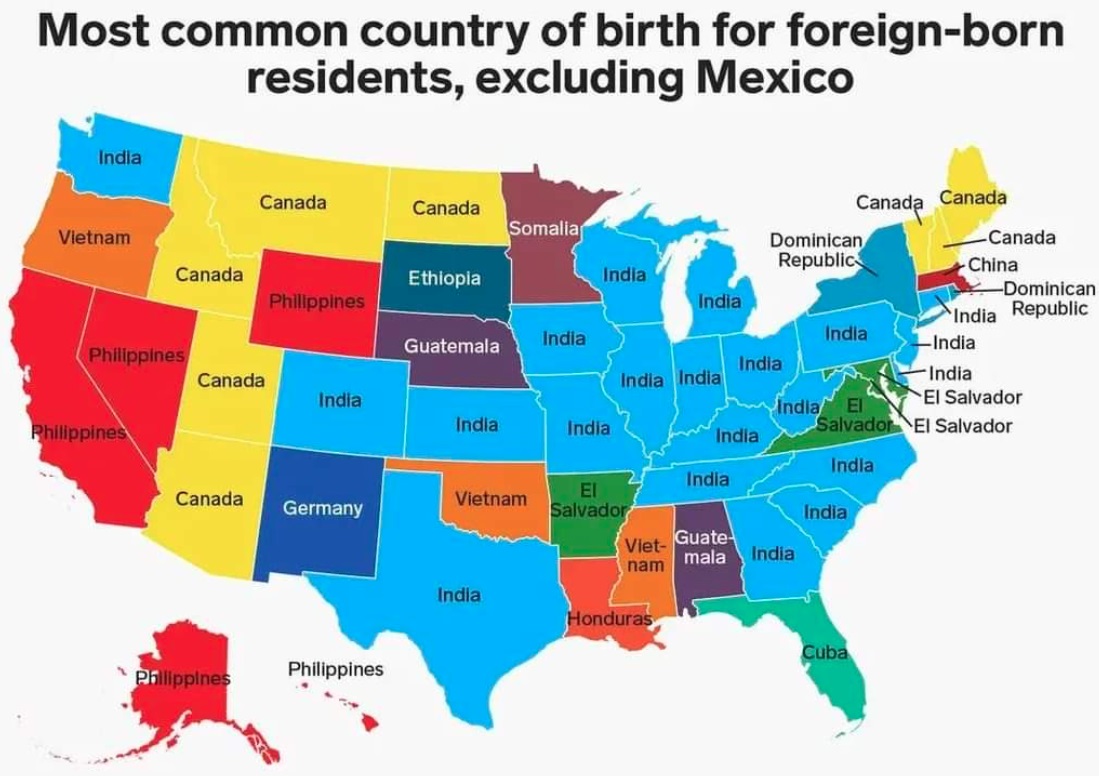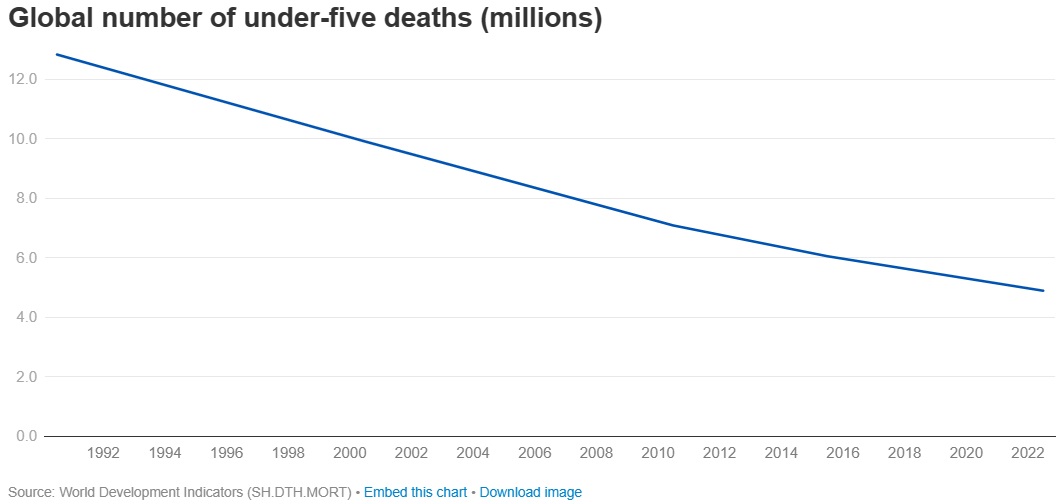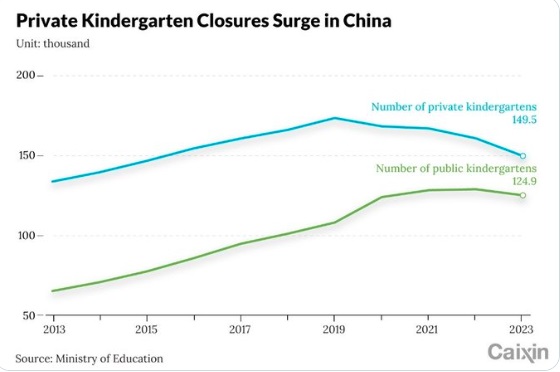One of the annoying things about getting older, or really what we mean to say is what’s annoying for younger people hanging around older people, is that we were around for stuff that culture circles back around to. You can’t just spout out ideas that contradicts what we know from having lived through them. For example, we’ve been very much enjoying listening to Beyonce’s new country album, Cowboy Carter, and just as amused seeing the BeyHive declare it’s a work of genius and explain all the many easter eggs it contains. And indeed Beyonce packs lots of symbolism, intellectual nuggets and smart callbacks into the album. She’s become quite adept at this, also doing so on Renaissance and Lemonade. She’s a musicologist professor and her albums package a semester’s worth of knowledge in them.
Cowboy Carter is for our money (our paid subscription to Spotify) more an Americana album than a country album (“genres are a funny little concept” says Linda Martell on the disc) but we’re no musicologist, just a long-time appreciator. The song 16 Carriages reminds us of a Springsteen song, Texas Hold ‘Em a great Lyle Lovett inspiration. And, of course, she famously covers Dolly Parton’s Jolene. The album name, Cowboy Carter, is presumably not just a play on her husband’s surname, but also perhaps a call-out to the famous Carter country music family (Johnny Cash famously marrying June Carter). Regardless of names, Cowboy Carter is a great album but some of Beyonce’s fans get carried away in believing Beyonce seemingly invented concepts such as a black woman singing Blackbird, a song Paul McCartney wrote about black women during the Civil Rights era. Plenty of black women have covered Blackbird for this same reason, from Sarah Vaughan to Cassandra Wilson to recently Bettye LaVette. Billy Preston has a grooving cover too. Beyonce, dear BeyHive, did not pioneer the idea of a black woman claiming this civil rights song, though she sings it beautifully.
But if we’re being honest, this whole introduction is just an excuse for us to showcase the best Blackbird cover, by Sylvester, which we recommend you listen to immediately at least three times. While you do, we warble about Indians in America, sing out the progress on global child deaths and rap about China’s strengths and weaknesses. It’s this week’s International Need to Know, the Dolly Parton of international information, the Linda Martell of global data.
Next week we’ll be busy drinking Carlsberg beer and tilting at windmills. Back on Thursday, April 18th.
Without further ado, here’s what you need to know.
India In America
We’ve been chronicling how the world will increasingly become India. A number of months ago we reported that globally one in five people under the age of 25 is Indian. And look at the map below of the most common country of birth for each state in America excluding Mexico. For nearly half of these states, India is the largest immigrant group (we’re a bit worried that the ever corrupting Canadians are the largest in eight states). America is the third-largest country in the world and if we don’t break apart we will continue to exude a large influence globally. But this influence will increasingly be one flavored with India. Much of America’s past and current cultural influence was flavored with Africa. Of course, both Africa and now India were and will be stirred through an American colander. That’s the secret sauce of America. India’s influence, both cultural and otherwise, will vastly extend beyond Indian immigration to America. Its economy and political system will be hugely impactful in the coming decades. The world will likely increasingly turn Indian.
Global Child Deaths Reach Historic Lows
The world continues to improve, even amidst the many challenges out there. Case in point, according to the World Bank, “In 2022, the number of children who died before their fifth birthday worldwide reached a historic low level.” As you can see in the World Bank chart below, the under five mortality rate has fallen in half since 2000. Despite wars, pandemics and other catastrophes, we continue to make progress on a variety of fronts. However, don’t get too cocky, we’re still not on pace to achieve the under five mortality United Nations Sustainable Development Goal, which calls for an under five mortality rate of 25 deaths per thousand by 2030. Under current trends, 59 countries will not make that goal. The World Bank states, “Forty three of the 59 countries that are off track to meet the SDG target will need to more than double their current rate of progress or reverse an increasing trend and then accelerate progress to achieve the SDG target by 2030.” So there’s more work to do. Still, don’t let people tell you the world is getting worse. In many ways it’s improving.
China Corner: Strengthening and Weakening
After a winter of economic discontent, March brought signs China’s economy is starting to stabilize. Factory activity expanded for the first time in six months, Reuters reports, hiring improved, and retail sales also went up. We were not one of those predicting China’s economy was about to collapse. We wrote before it was popular that China would no longer grow at high rates but it would still be a large and significant economy. China remains strong economically in many ways. But at the same time China is weak. As we all are well aware of now, China’s fertility rate is one of the lowest in the world, so much so that it had to close 15,000 kindergartens last year. But it’s also weak in other ways. It doesn’t trust its people and has to impose capital controls to prevent people taking their money out of the country. And it censors more and more information, preventing its citizens from learning what is happening in China and around the world. In fact, Radio Free Asia reports that, “Police in China are stepping up spot searches of people’s phones for apps enabling them to bypass the Great Firewall of govt internet censorship.” China’s ruling government is intimidating and seems strong but we need to remember these are all signs of weakness. The Communist Party of China is not nearly as strong as we think.




